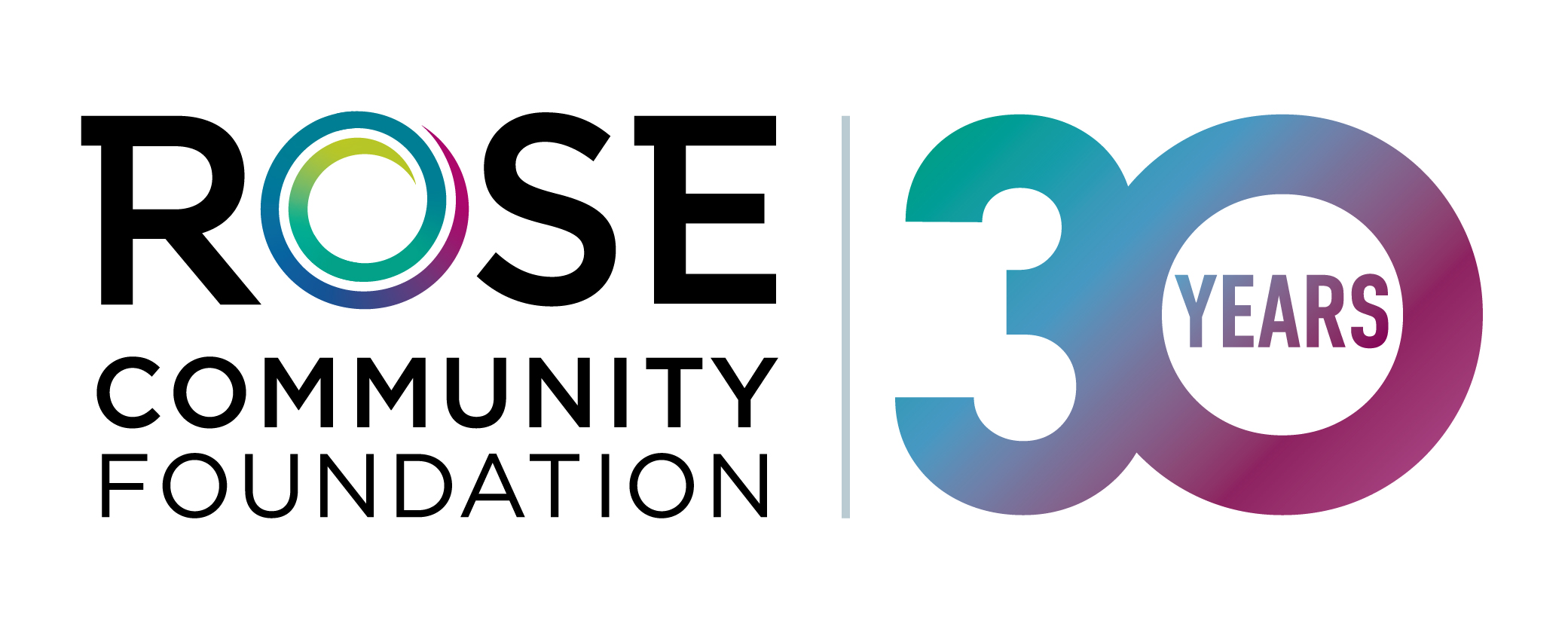Property is a primary way that individuals and families pass down wealth, but communities of color have been disproportionately impacted by involuntary land loss through ostensibly “legal” avenues, such as eminent domain, Presidential Executive Order and Heirs’ Property. In January 2023, Rose Community Foundation hosted a presentation on historic property loss and planned giving where speaker Ty Nagamatsu, JD, LLM, provided historical insight into the barriers faced by communities of color and the subsequent considerations for planned giving professionals. Read on for a Q&A with Ty where she discusses the role of philanthropy in historic property loss.
Q: Can you give an overview of the topics covered in your presentation?
T: I like to organize my presentation under all the different legal ways that we’ve historically stripped communities of color of their ability to own property. This includes a general overview of several laws— The Chinese Exclusion Act, the Treaty of Guadalupe Hidalgo, Executive Order 1066, and heirs’ property rights in the South—for people who are unfamiliar with the topic. In other words, an overview of the history of property seizure in this country.
Q: What led you to this work?
T: As a Japanese American, I was always aware of the internment of Japanese Americans and how it affected my own family. It’s something that’s always been a part of my family narrative, but what really led me to this work was working in higher education, specifically in planned giving at Colorado College I worked on an anti-racism commitment committee and took to heart our organizational commitment to think about what it means to be an anti-racist institution. Drilling that down in advancement, fundraising, planned giving and estate plans made me ask, what does it mean to be an estate-planning gift officer and an attorney in an anti-racist way? Why is our legacy giving society so white with so few exceptions? Before we can change this reality, we need to figure out why this is the present reality.
Q: What are some examples of historical and contemporary barriers to intergenerational wealth and wealth accumulation? How are historical barriers similar to and different from contemporary barriers?
T: By way of historic example, the Chinese Exclusion Act prevented people from acquiring property where we simply said, “you don’t get to own property.” Another example is Executive Order 1066, where shortly after the bombing of Pearl Harbor, during a time of intense crisis and fear, we said “now we’re stripping you of your right to own property.” Both barriers were endorsed by the government, the first being more of a crime of omission where the government didn’t step in to rectify a situation and the second being a situation where the government was the perpetrator of the crime, unlawfully stripping people of a fundamental civil liberty, the right to own property.
If you consider heirs’ property rights, which primarily affects Black Americans in the south and also fractionation of Native American tribal lands, that falls under a third category of barriers that continue to persist today. I think examples from the past and present are very similar, but we’ve learned to seize and withhold property from certain communities in ways that are less explicit, which is maybe not unlike other issues as it relates to inequality.
Q: How has historic property loss played out in the Greater Denver area?
T: The most poignant examples are gentrification and eminent domain; In Denver, I think of Five Points and the Ballpark neighborhood. These examples may not cut across racial lines, they may be economic, but those are two subtle and insidious ways in which we make it impossible for people to hang on to their property. On a more positive note, the governor of Colorado at the time of Executive Order 1066, Governor Ralph Lawrence Carr, was unique in his opposition to anti-Japanese sentiment. I wouldn’t go as far as to say that Colorado was a safe-haven — to be sure there were internment camps here in the state — but many Japanese Americans in Colorado were able to retain their property.
Q: What do you see as the role of donors and funders in addressing historical property loss?
T: I think the role of fundraisers is to be aware of these backstories. If the person sitting across from them is a direct descendant of someone who has lost property, it’s important for fundraisers to recognize what a huge ask it is to look at them to give one or two generations of accumulated wealth away, as opposed to asking someone whose family came over here on the Mayflower.
Q: What advice would you give to philanthropists looking to rectify historic property loss?
T: I would suggest that they read Decolonizing Wealth by Edgar Villanueva and ask them to be pragmatic. It’s not about giving away all your earthly possessions and walking around with nothing, but I think there is a great responsibility that comes with the power and privilege of generational wealth. If you happen to have land that you feel was directly implicated by one of the examples I’ve given, you might think about doing some sort of reparative justice and giving back to a community organization. It’s an individual decision for everyone, and I would just gently suggest that we all try to be thoughtful about our own needs and the needs of the greater community.

